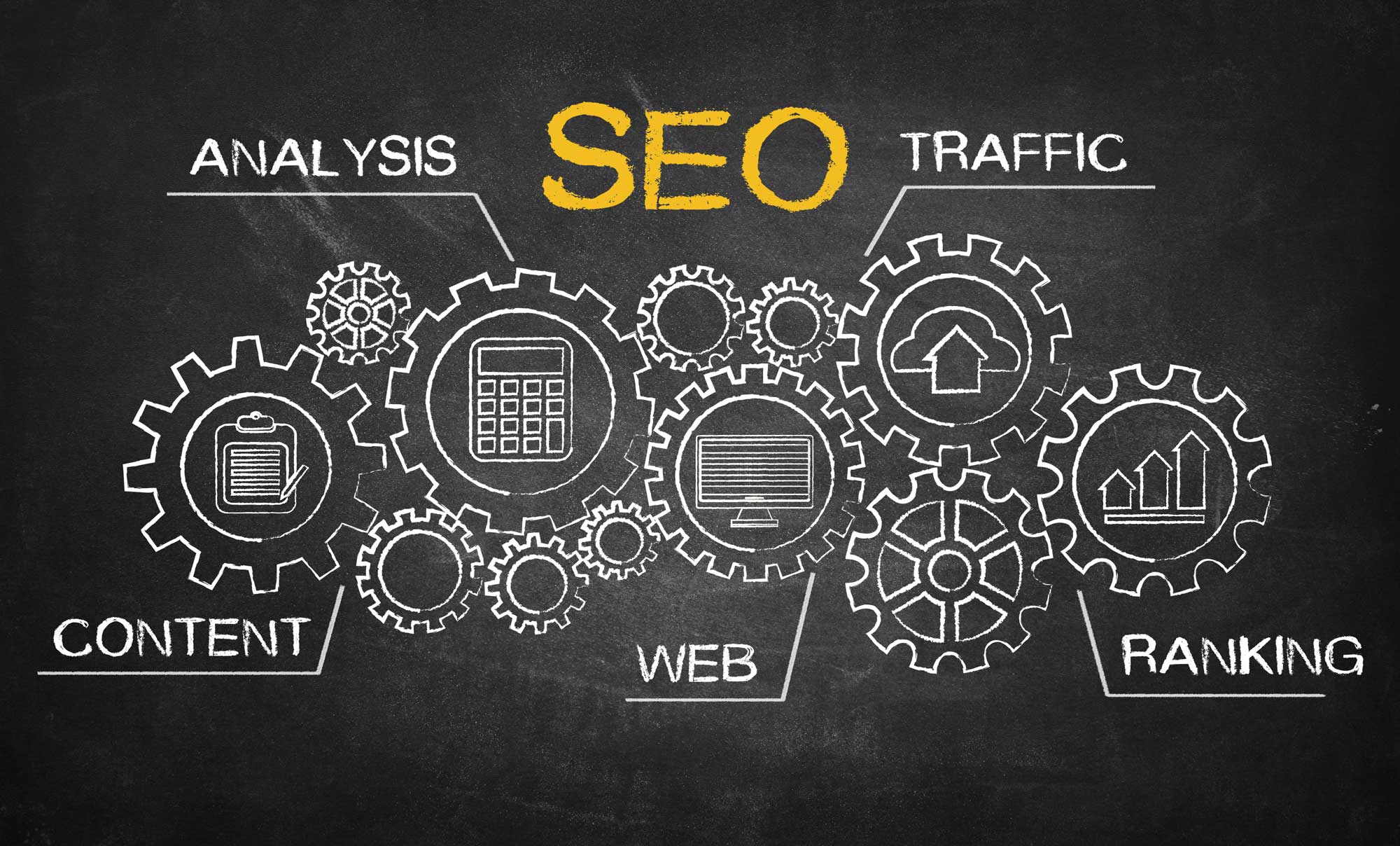"Ultimate Guide To SEO-Friendly Title Optimization For Enhanced Search Visibility" - The key to achieving higher search engine rankings and attracting more organic traffic to your website lies in crafting compelling and SEO-friendly titles.
Editor's Notes: "Ultimate Guide To SEO-Friendly Title Optimization For Enhanced Search Visibility" have published in today date. This topic important to read because it provides a comprehensive overview of the best practices for optimizing titles for search engines, helping you understand how to create titles that are both informative and attention-grabbing.
Our team has dedicated countless hours to analyzing, researching, and compiling actionable insights, and we are confident that this Ultimate Guide To SEO-Friendly Title Optimization For Enhanced Search Visibility will empower you with the knowledge and strategies you need to optimize your titles effectively.
This guide covers the following key elements:
- Understanding the importance of title optimization
- Identifying the key elements of an SEO-friendly title
- Crafting compelling and informative titles
- Optimizing titles for specific keywords
- Best practices for title length and structure
- Avoiding common title optimization mistakes
- Measuring the effectiveness of your title optimization efforts
FAQ
This FAQ section provides answers to common questions and concerns regarding SEO-friendly title optimization for enhanced search visibility.
Question 1: What is the ideal length for a title tag?
Response: The optimal length for a title tag is approximately 50-60 characters, which allows for the inclusion of relevant keywords and a clear description of the page's content.
Question 2: How should keywords be incorporated into a title tag?
Response: Keywords should be placed at the beginning of the title tag, as search engines give more weight to terms appearing earlier. Avoid keyword stuffing, and ensure that keywords flow naturally with the title's overall readability.
Question 3: Is it beneficial to include the brand name in the title tag?
Response: Yes, including the brand name in the title tag can enhance brand recognition and strengthen the association between the website and the brand. However, avoid placing the brand name at the beginning of the title tag, as it may limit the visibility of important keywords.
Question 4: Should title tags be unique for each page on a website?
Response: Yes, each page on a website should have a unique and relevant title tag. Duplicate title tags confuse search engines and hinder the website's ability to rank for specific keywords.
Question 5: How often should title tags be updated?
Response: Title tags should be updated whenever the page's content or focus changes significantly. Regular updates ensure that the title tag continues to accurately represent the page's content and relevance for search queries.
Question 6: What are the consequences of using irrelevant or misleading title tags?
Response: Using irrelevant or misleading title tags can negatively impact website rankings and user experience. Search engines may penalize websites for deceptive practices, and users may be discouraged from clicking on misleading titles.
Tips for SEO-Friendly Title Optimization
Effective title optimization is crucial for enhancing search visibility. By implementing these tips, websites can improve their ranking in search engine results pages (SERPs) and attract more organic traffic.
Tip 1: Craft Concise and Informative Titles
Titles should be succinct, usually under 60 characters, while providing an accurate description of the page's content. Avoid keyword stuffing and focus on clarity and relevance.
Tip 2: Use Relevant Keywords
Include target keywords in the title, but avoid over-optimization. Keywords should be semantically related to the page's content and align with search intent.
Tip 3: Keep the Title Unique
Each page should have a unique title that differentiates it from other pages on the website. This helps search engines identify and index the content effectively.
Tip 4: Consider Title Length
Search engines typically display titles within a certain number of pixels. Ensure titles are concise enough to avoid truncation in SERPs.
Tip 5: Optimize for Mobile
Titles should be optimized for mobile devices, where space is limited. Use shorter and more impactful phrases that accurately convey the page's content.

Search Engine Optimization | Artibeus IT Support - Source www.artibeus.com
By adhering to these tips, websites can enhance their title optimization and improve their visibility in search results. This leads to increased organic traffic, improved click-through rates, and overall better search engine performance.
For further insights into SEO-friendly title optimization, refer to our Ultimate Guide To SEO-Friendly Title Optimization For Enhanced Search Visibility resource.
Ultimate Guide To SEO-Friendly Title Optimization For Enhanced Search Visibility
Search Engine Optimization (SEO) is essential for online businesses to succeed. One of the most important SEO factors is the title tag, which tells search engines what the page is about. An SEO-friendly title tag will help your page rank higher in search engine results pages (SERPs), which can lead to more traffic and conversions.

Online Presence Website Visibility Search Engine Optimization SE Stock - Source www.dreamstime.com
- Keyword Inclusion: The keyword should appear in the title tag, preferably at the beginning.
- Title Length: Keep the title tag between 50-60 characters to avoid truncation in SERPs.
- Unique Title: Each page should have a unique title tag.
- Action-Oriented: Use action verbs to make the title more appealing.
- Value Proposition: Highlight the benefits or value of the page in the title.
- Emotional Appeal: Use emotional keywords to connect with the audience.
By following these key aspects, you can create SEO-friendly title tags that will help your pages rank higher in SERPs and drive more traffic to your website.

The Ultimate Guide to On-Page SEO Optimization Techniques - MindxMaster - Source www.mindxmaster.com
Ultimate Guide To SEO-Friendly Title Optimization For Enhanced Search Visibility
Mastering the art of SEO-friendly title optimization is paramount in the realm of digital marketing, as it serves as the gateway through which search engines understand the essence of your web pages. A well-crafted title not only captivates the attention of potential visitors but also signals to search algorithms the relevance and value of your content, propelling your website towards the coveted top rankings.

Search Engine Optimization - Interlink Group - Source il2k.net
The impact of an optimized title extends beyond mere aesthetics. It directly influences the click-through rate (CTR) of your search results, which is a crucial metric for driving traffic to your website. A compelling and informative title entices users to explore your content, while a poorly crafted one can lead them to pass over it in favor of more engaging options. Furthermore, search engines often display the title of your page as the main headline in search results, making it an essential element for capturing the attention of potential visitors.
In real-world scenarios, the importance of title optimization is evident. A study by Moz found that titles with optimal length and keyword inclusion experienced a 14.1% increase in CTR compared to shorter or keyword-stuffed titles. Another study by SEMrush revealed that pages with well-optimized titles ranked 5.3 positions higher in search results than those with poorly optimized titles.
Understanding the connection between SEO-friendly title optimization and enhanced search visibility is vital for businesses seeking to establish a strong online presence. By crafting titles that are both captivating and informative, websites can significantly improve their chances of attracting organic traffic, boosting their visibility, and ultimately achieving their marketing goals.
| Element | Description |
|---|---|
| Length | Keep titles between 50-60 characters, including spaces. |
| Keywords | Include relevant keywords at the beginning of the title. |
| Clarity | Write clear and concise titles that accurately describe the page's content. |
| Uniqueness | Create unique titles for each page to avoid duplicate content issues. |
Conclusion
Mastering the art of SEO-friendly title optimization is an essential pillar for achieving enhanced search visibility and driving organic traffic to your website. By crafting titles that are not only captivating but also informative and relevant, businesses can significantly improve their chances of ranking higher in search results and attracting potential customers.
As the digital landscape continues to evolve, the importance of title optimization will only grow. By embracing best practices and staying abreast of the latest trends, businesses can ensure that their content remains discoverable, engaging, and effective in the ever-competitive world of online marketing.